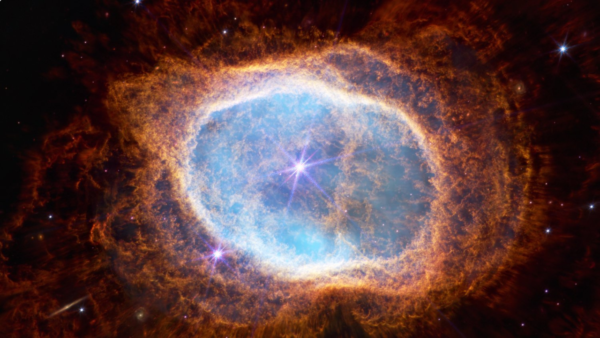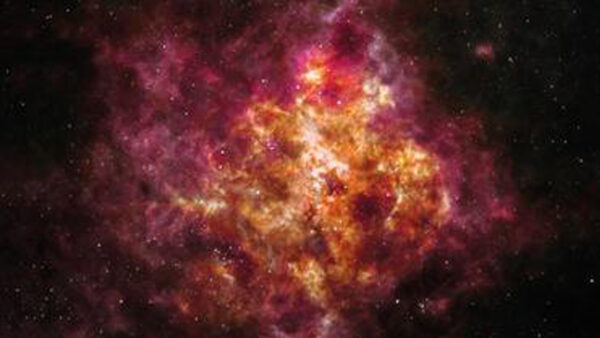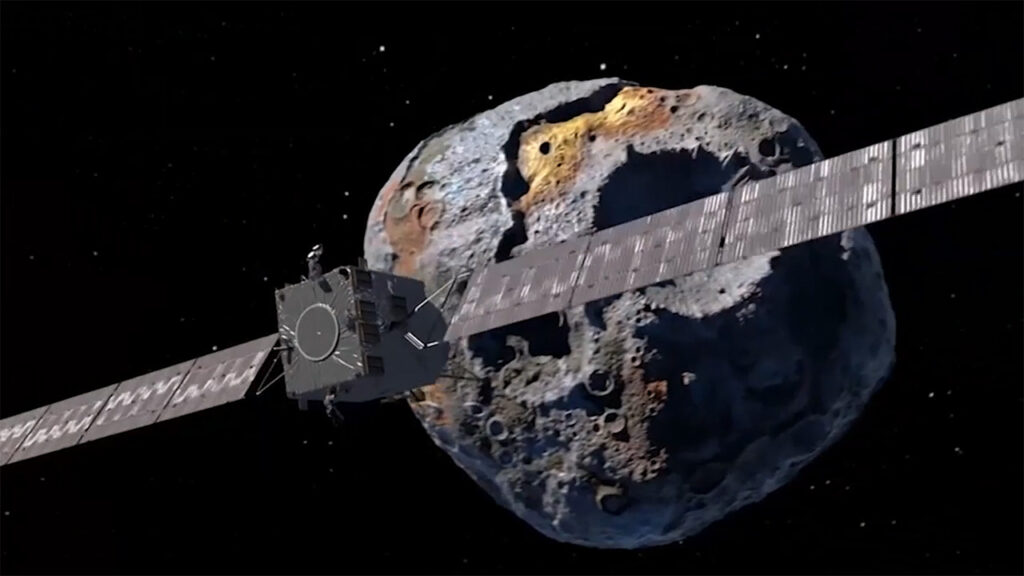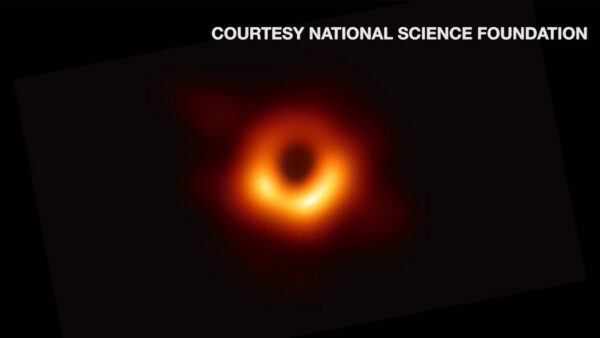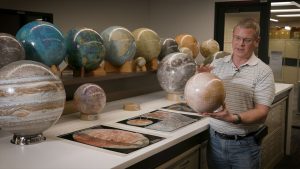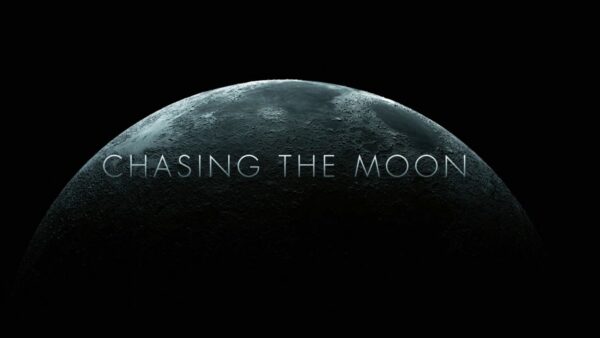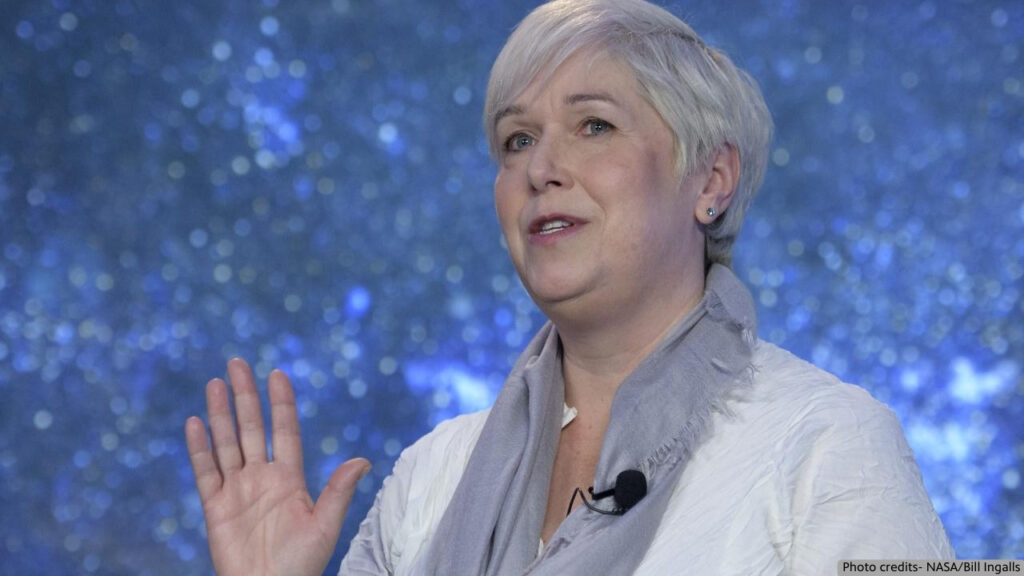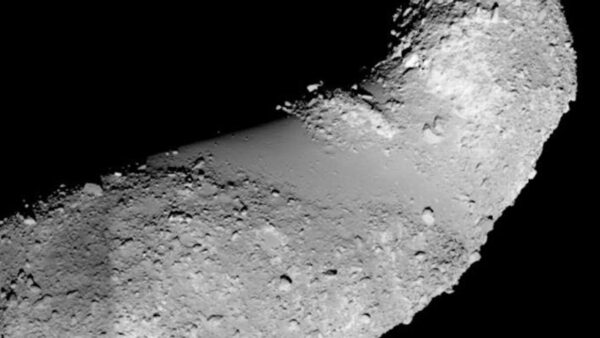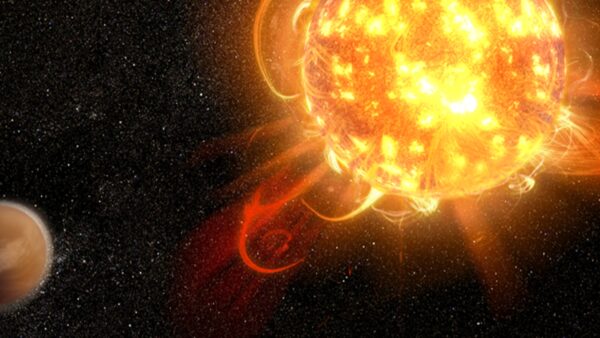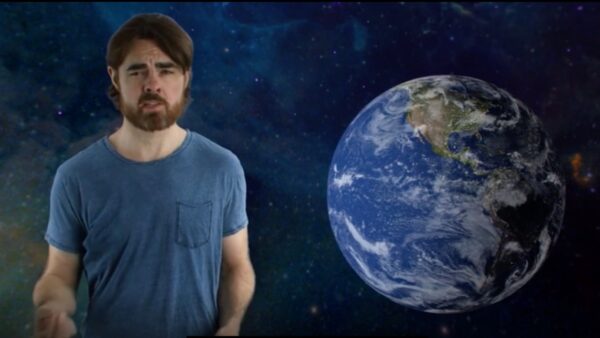Exploring space like never before
Join us on an exciting journey into the mysteries of Earth’s metallic core as we embark on a deep-space expedition!
In collaboration with scientists from Arizona State University, NASA is launching a spacecraft destined for the enigmatic asteroid Psyche. This celestial body is believed to hold the key to understanding the predominantly metal cores of ancient objects from the early days of our solar system.
In a special program about the mission, we will unveil the sophisticated cameras and cutting-edge instruments aboard the spacecraft. Moreover, we’ll delve into the personal and scientific challenges that the dedicated team has encountered in their relentless pursuit of launching this groundbreaking mission.

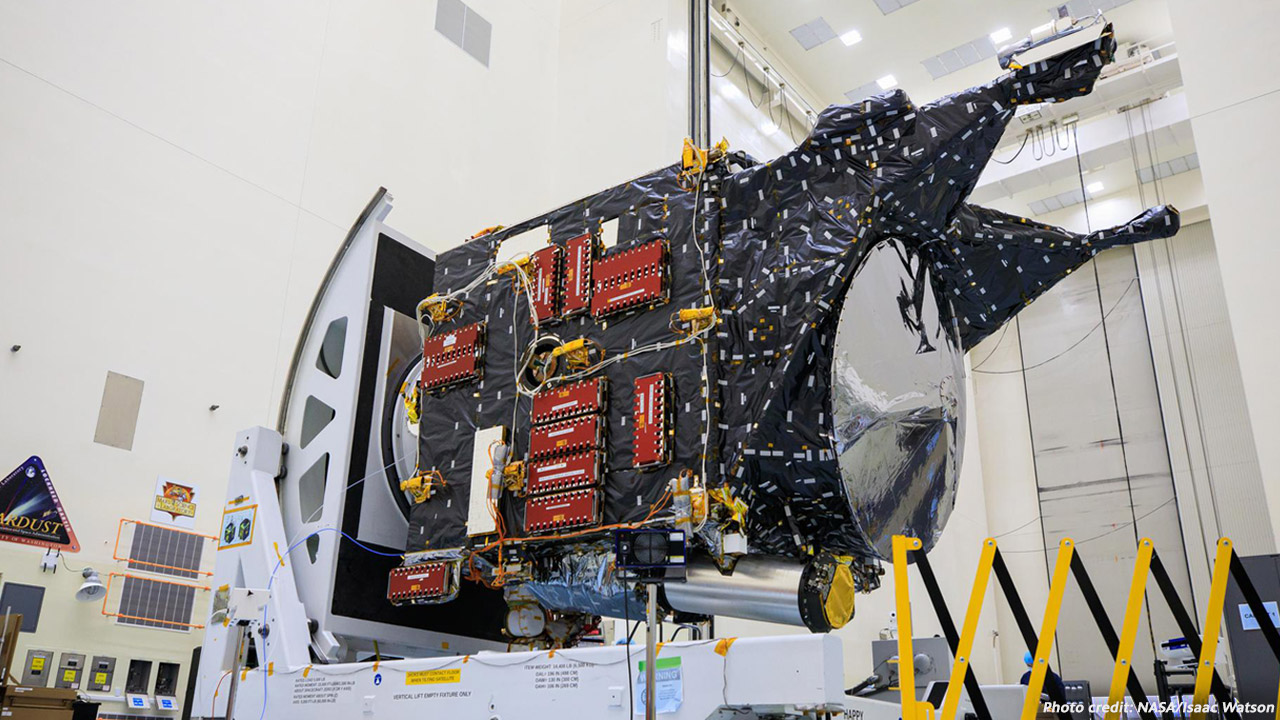
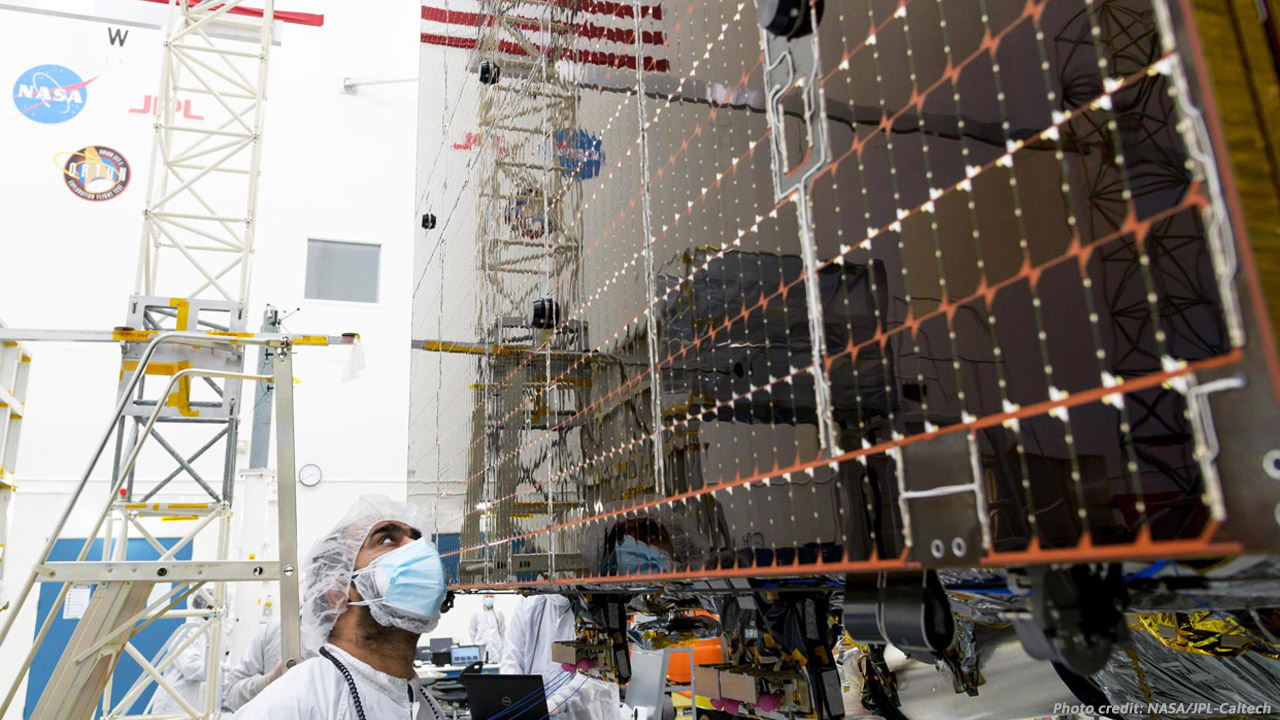
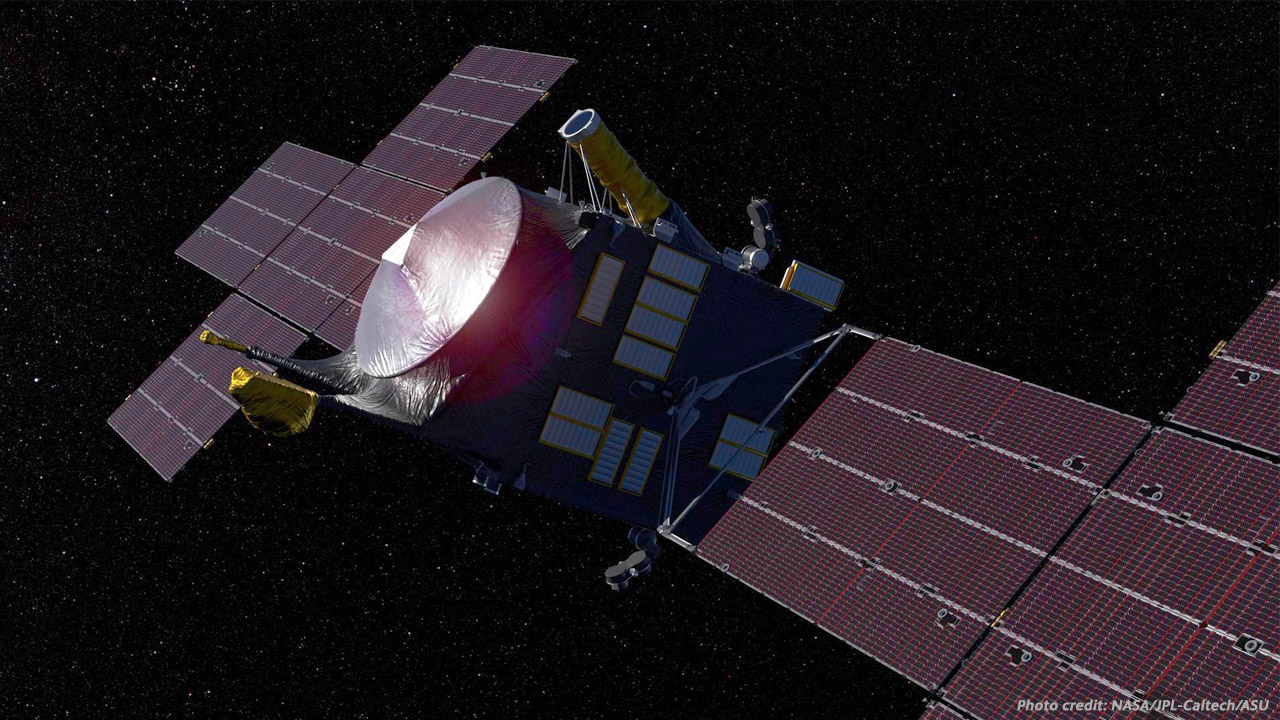
The Mission
Arizona State University (ASU) is launching a National Aeronautics and Space Administration (NASA) mission to visit Psyche, an asteroid currently orbiting the sun from the outer part of the main asteroid belt.
NASA’s Psyche mission, led by Lindy Elkins-Tanton, will use solar-electric propulsion to arrive at Psyche in 2026 after a Mars gravity assist. It aims to study and map the asteroid for 21 months.
What makes Psyche unique is its composition, which scientists believe may be rich in metal. If that is indeed the case, the Psyche mission will represent the first time scientists have ever been able to study a world made not of rock or ice, but of metal.



The Special
Scheduled for Friday, October 13 at 10:19 a.m. Eastern time, the launch of Psyche, the first ASU-led deep-space mission, can be watched by tuning in to Arizona PBS or livestreamed by signing up here. We’ll also feature a livestream of the launch on YouTube and on our website below.
Ahead of the launch, Arizona PBS partnered with ASU on a half-hour television special, exploring the significance of this project and detailing the mission timeline, from launch to arrival to closeout.
“Psyche Mission: First to Metal, an Origin Story” is publicly available to stream online now.



The Principal Investigator
Lindy Elkins-Tanton, Arizona State University Foundation and Regents Professor in the School Of Earth and Space Exploration, is the Principal Investigator of the Psyche mission, a nearly six-year journey to a metal-rich asteroid.
Her team began working on the Psyche mission in 2017. It will be the first ASU-led deep-space mission.
Her previous research includes theory, observation, and experiments concerning terrestrial planetary formation, magma oceans, and subsequent planetary evolution including magmatism and interactions between rocky planets and their atmospheres. She also promotes and participates in education initiatives, in particular, inquiry and exploration teaching methodologies, and leadership and team-building for scientists and engineers.
She has led four field expeditions in Siberia, as well as participated in fieldwork in the Sierra Nevada, the Cascades, Iceland, and the Faroe Islands.
She serves on the Standing Review Board for the Europa mission, and served on the Mars panel of the Planetary Decadal Survey and on the Mars 2020 Rover Science Definition Team.
Watch a recording of the NASA livestream of the Psyche spacecraft launch
Watch here
Enjoy NASA’s Psyche mission YouTube playlist
Hear from NASA’s Psyche mission team, led by Arizona State University, as they prepare for an out-of-this-world mission to explore asteroid Psyche orbiting the sun between Mars and Jupiter. This mission could give insight into the collisions and accretion that created the terrestrial planets like Earth.
Explore more of the universe with these specials
NOVA
Ultimate Space Telescope
Follow the dramatic story of NASA’s James Webb Space Telescope, the most complex machine ever launched into space, in hopes of peering deeper back in time than ever before and answering some of astronomy’s biggest questions.
Arizona Horizon
Exploration of Asteroid Psyche
In 2017, NASA provided funding for the exploration of the asteroid Psyche, located in the asteroid belt 280 million miles from the sun. Psyche is actually thought to be the core of a failed planet. Lindy Elkins-Tanton, the principal investigator of the Psyche mission and the director of ASU’s School of Earth and Space Exploration, told us more about the mission.
catalyst
Closer look at asteroid Bennu
“Catalyst” follows the OSIRIS-REx satellite that traveled 2 million kilometers to catch up with asteroid Bennu and photograph its surface, all in preparation for an eventual landing and return mission. Experts at NASA’s Jet Propulsion Lab and ASU’s Meteorite Museum explain how Bennu could help astrophysicists defend Earth from asteroid impacts.
PBS
Beyond A Year in Space
“Beyond A Year in Space” picks up where “A Year in Space” left off: Scott Kelly’s last day in space and return to Earth. The special also introduces viewers to the next generation of astronauts training to leave Earth’s orbit and travel into deep space.
Issues.org
Time to Say Goodbye to Our Heroes?
In 2021, Lindy Elkins-Tanton discussed the need to change the culture of academic research and leadership. Elkins-Tanton highlighted the importance of inclusivity and collaboration, suggesting aggressive behavior can silence valuable voices. She prompted readers to rethink how scientific challenges are addressed both now and in the future.
AZPBS LearningMedia
Teaching resource: Pushing the boundaries of space exploration
Explore the instruments and technology aboard the Psyche mission. NASA scientists explain the cutting-edge radios, imagers, and thrusters aboard the spacecraft. Learn about solar-electric propulsion and how it operates in deep space.
PBS kids
Dive into Space Week with out-of-this-world adventures!
Oct. 4, 2023
Get ready to reach for the stars, fellow Superheroes, because World Space Week 2023 is October 4 to 10! Space exploration is the universal “wow” factor that can bring a burst of excitement and curiosity into your classroom, no matter what subject you teach. Space-related topics are real-world, cross-disciplinary gems that spark global awareness, boost problem-solving skills, and encourage critical thinking. So whether you’re a math whiz, a literature lover, or a history buff, get ready to discover how to make this Space Week an educational adventure like no other!







